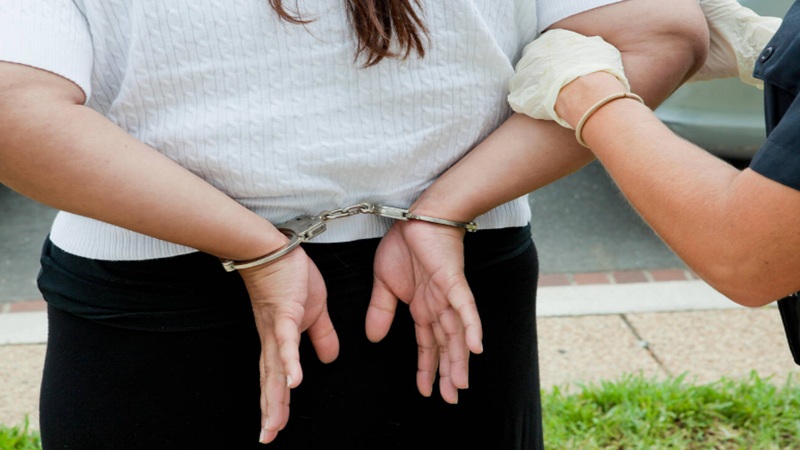
Greater love hath no man than this, that a man lay down his life for his friends, so quotes the Good Book. In the world of police work, the man or woman who lays down their life for their community is likely to be in the prime of their life.
The average age of an officer who dies in the line of duty is 41, with the most frequent age group being the 30s. This is in no way to discount the deaths of older officers, some of whom are still serving in their 40th year of law enforcement. But, as in war, it is the young who are placed most at risk.
Bearing in mind that murders of officers can take many forms, we will use murder by firearm for our comparison by age. Of the 35 officers killed by gunfire in 2023 at the time of this writing, at least 21 were under age 40 and nearly half under 30. They include 33-year-old Kevin Cram, 29-year-old Jonah Oswald, 23-year-old Jake Wallin, 26-year-old Tyee Browne, 29-year-old Jay Rougeau, 31-year-old Chris Wagner, 37-year-old Cory Maynard, 35-year-old Caleb Conley, 39-year-old Josh Clouse, 27-year-old Bobby Shisler, 29-year-old Kaitie Leising, 24-year-old Aréanah M. Preston, 34-year-old Trevor Abney, 23-year-old Timothy Scheel, 32-year-old Emily Ann Breidenbach, 34-year-old Mason Griffith, 32-year-old Andres M. Vasquez Lasso, 31-year-old Christopher D. Fitzgerald, 32-year-old Sean L. Sluganski, 24-year-old Gonzalo Carrasco, Jr., and 30-year-old Darnell Calhoun.
That list of young officers includes military veterans, diverse cultural backgrounds, men and women. Some had achieved promotions to rank with over a decade of service. The shortest tenure of a murdered officer was five days. These lost heroes leave at least fifteen spouses or fiancés, and at least thirty children including at least three unborn at the time of their father’s death.
Younger officers may share traits that make them more likely to succumb to the fatal hazards of the job. They may be more likely to engage more quickly with a situation and be more active than a more seasoned officer. They may be more likely to be assigned to uniformed patrol which is the most frequent assignment of murdered officers. Perhaps they are less aware of their mortality than the officer with retirement in sight. They are more likely to have the midnight and weekend shifts are more dangerous and less desirable to most older officers who have enough seniority to choose better working hours. Officers with seniority may have the opportunity to get a job behind the desk, or at least off of routine patrol where the greater risk of death and injury exists.
None of this commentary should take away from the dedication and motivation held by most veteran officers. Policing is a terror on the body, though. Police officers’ expected lifespan is 57 years compared to 69 for the average citizen. Police officers have higher rates of heart disease, hypertension, diabetes, and obesity than the general population. The average age of a police officer suffering a heart attack is 46 compared to the civilian population at 65 years old.
Among the general population, a heart attack suffered between the ages of 55-59 is fatal to 1.5% while a heart attack among police officers in the same age range is lethal more than 56% of the time. These health concerns along with cumulative injury and disability reduce the number of persons over 40 in the law enforcement workforce. In addition, there are incentives for officers to retire before they get to AARP age with retirement benefits historically somewhat more generous than other occupations.
Even active older officers will likely confess that police work is a young person’s game. Veteran officers are vital for the training and experience they offer to younger officers. The main challenge is enabling young officers to become old ones.






